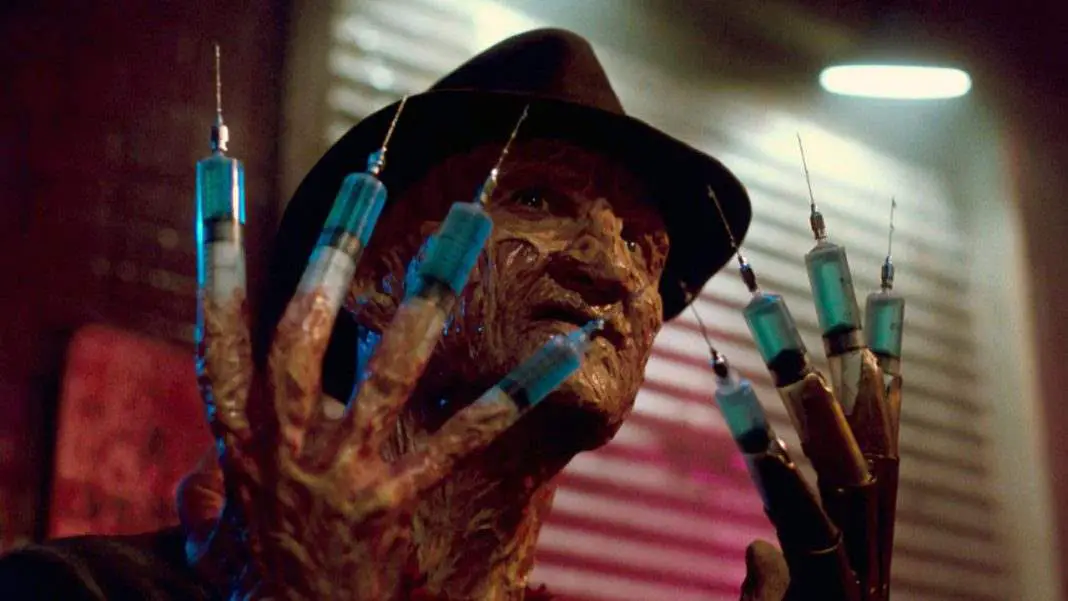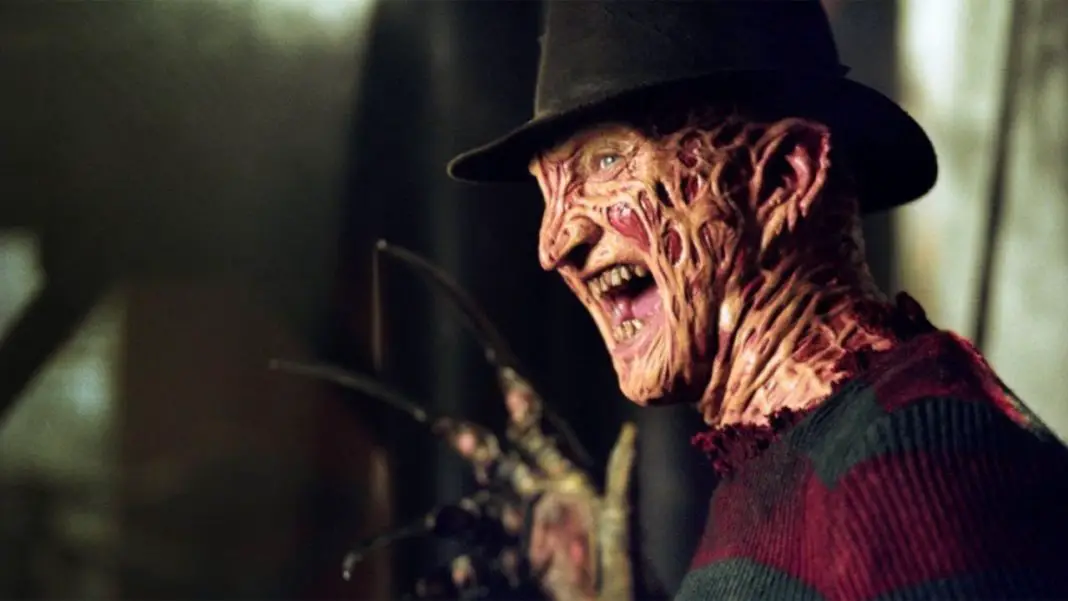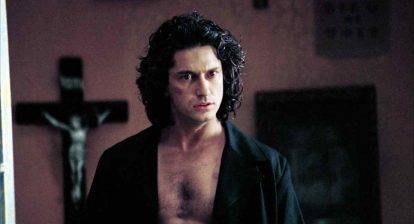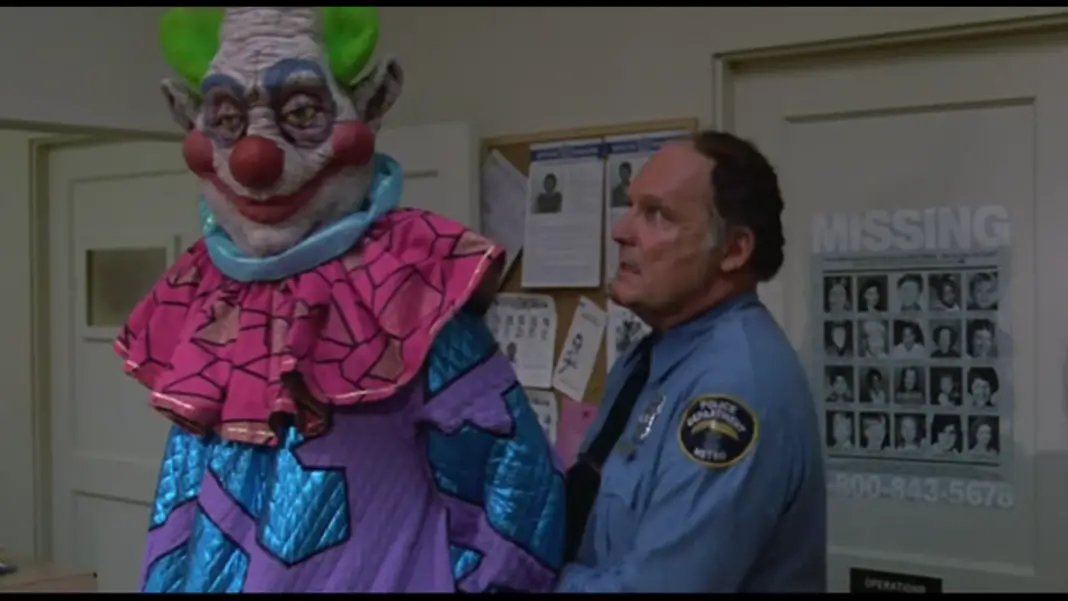The slasher genre has always fallen under a critical eye for showcasing the deaths of teenagers as gratuitous fun. They are generalized as having no characterization and no depth of any kind. The characters are almost always considered to be helpless. Even though some feminist studies have pointed out the “final girl” in most slasher movies is the one who empowers herself, who is capable and fights back against adversity but this is far from being widely acknowledged in the public eye.
The first A Nightmare on Elm Street does not get the credit it deserves for the way it empowers its heroine. Nancy Thompson does not do battle with Freddy in her underwear, she’s not scrambling around for a weapon at the last minute. Once she realized what needed to be done, she actually sought the monster out, booby-trapping her entire house in preparation.
The original began to change things, subverting the idea of that kind of helplessness that the slasher movie was known for. The second film slightly expanded on this, mixing helplessness with an overall motif on sexuality. But it was the third that changed everything. While the original drafts were very different from the end result, the idea was clear from the very beginning: In this one, all of the kids would be fighting back.
Wes Craven and Bruce Wagner hashed out the initial story concept, then Frank Darabont and Chuck Russell took over. Russell ended up directing the film and Darabont would of course go onto direct The Shawshank Redemption and The Green Mile and develop The Walking Dead for television. In addition to the obvious return of Freddy Krueger, they wanted Heather Langenkamp to return as Nancy as well.
Nancy is a little older now, a graduate student and an expert on pattern nightmares. She grows into the role of mentor this time, and it is nice to see her character come full circle. The cast of characters around her is frankly unbelievable for the third entry in a slasher franchise. Here, you have a group of teens–many of which–are as fleshed out as the traditional final girl. Each one of them has depth and their own unique personality.
Sure, you watch a Nightmare on Elm Street movie to see Freddy do his thing, but you’re not anxious for any of these characters to die. Not only do you want them to live, but the characters themselves seem to want to live with a desperation that horror characters don’t always exhibit. These kids are actually fighting for their survival.
People cite this as the movie in which Freddy started to turn from a scary horror villain into a quick-witted icon, and there are a lot of reasons for that. When the characters are empowered, the villain starts to lose his power. From the very beginning, A Nightmare on Elm Street has been about conquering fear and learning to take control of it.
Also See: Script to Pieces: Peter Jackson’s A Nightmare on Elm Street: The Dream Lover
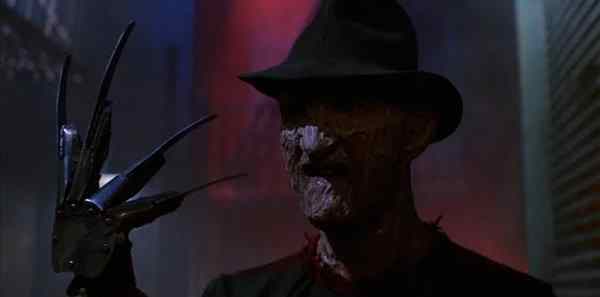
So, it was natural that Freddy went the way he did. It was bound to happen at some point and it makes sense that we see the beginning of that transformation in Dream Warriors. If the kids are almost superheroes this time around, then the monster has to become something a little more like a super villain. The kills are more creative and imaginative than the first two movies because Freddy is using more of his power than ever before.
He has to be seen as an unstoppable threat, he has to be bigger and badder than in the previous installments, because his victims are stronger than they ever have been. They’re all powerful. The strength and character development given to Nancy in the original has been applied to the majority of the characters in the film. Freddy, as a result, has to become larger-than-life just to keep up.
It’s true that there are two characters who die before they get a chance to develop their dream power. But their deaths (which are also the best in the entire film) help to make the stakes clear from the beginning, especially for viewers who had not seen the first or second entries. They’re not just a part of the body count. They’re a part of this group and they give the characters something to fight for other than themselves. It’s not just about survival, it’s about getting revenge on the monster that murdered their friends.
In some ways Dream Warriors does stick to the traditional slasher formula, but it has to in order to make its point. Kids still get picked off one by one, there is still the requisite gore. It’s empowering the slasher movie, and in order to do that it still needs to be a slasher film at its core.
The situation is not that different from normal slasher circumstances. There’s an isolated location and a group of emotionally distressed, hormonal teens. The characters are where it is elevated from the all-too-typical slasher it could have been. They transcend the tropes when they start fighting back, when instead of splitting up they decide to band together. That’s when they begin to change the story around them into something entirely new. They empower themselves and that is what empowers the movie and, in turn, the genre.
